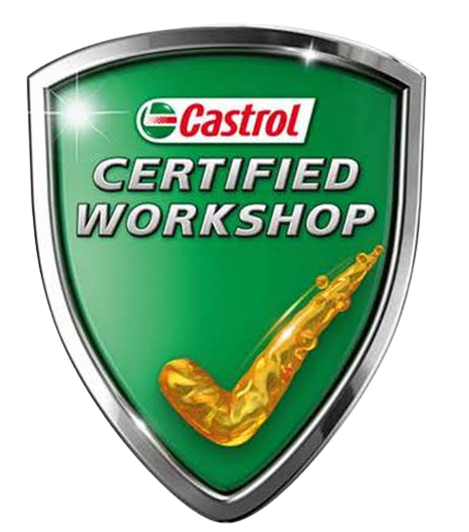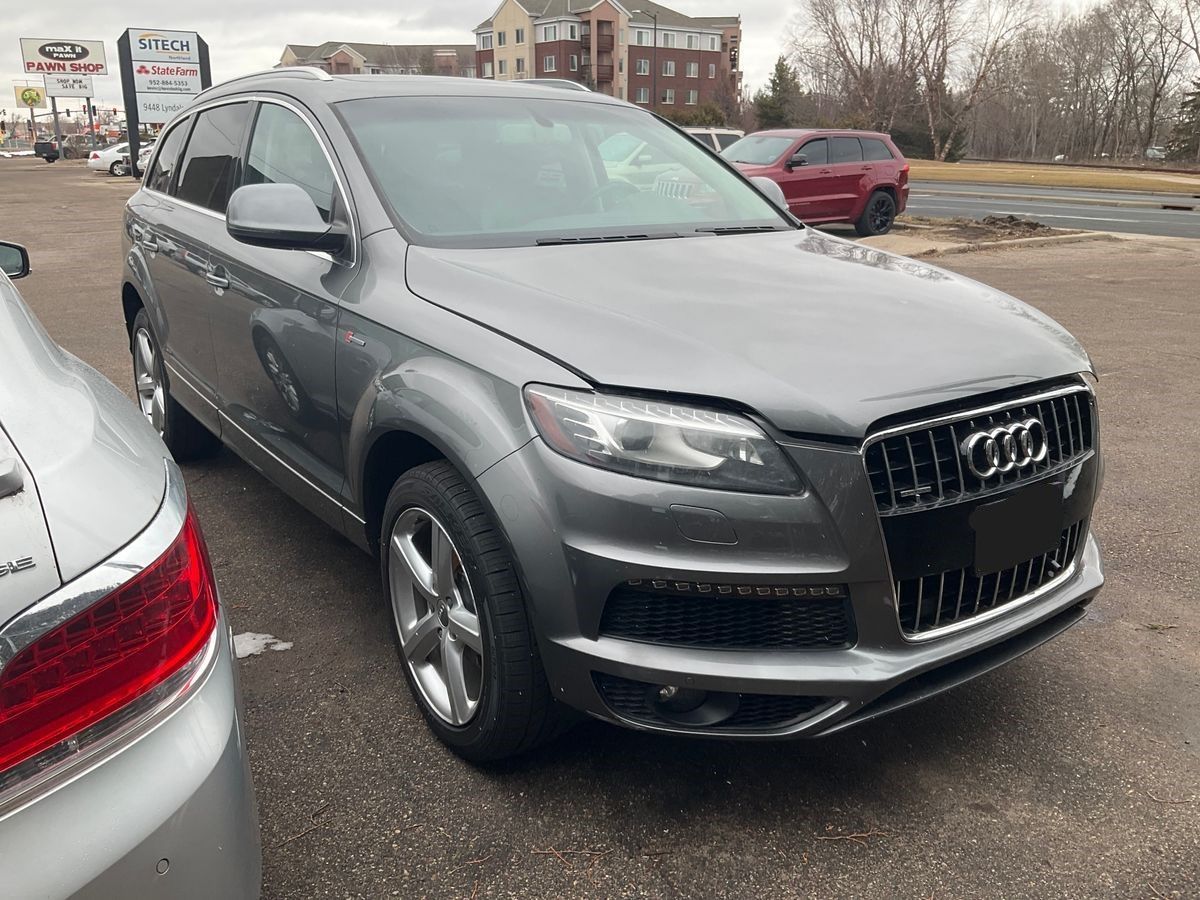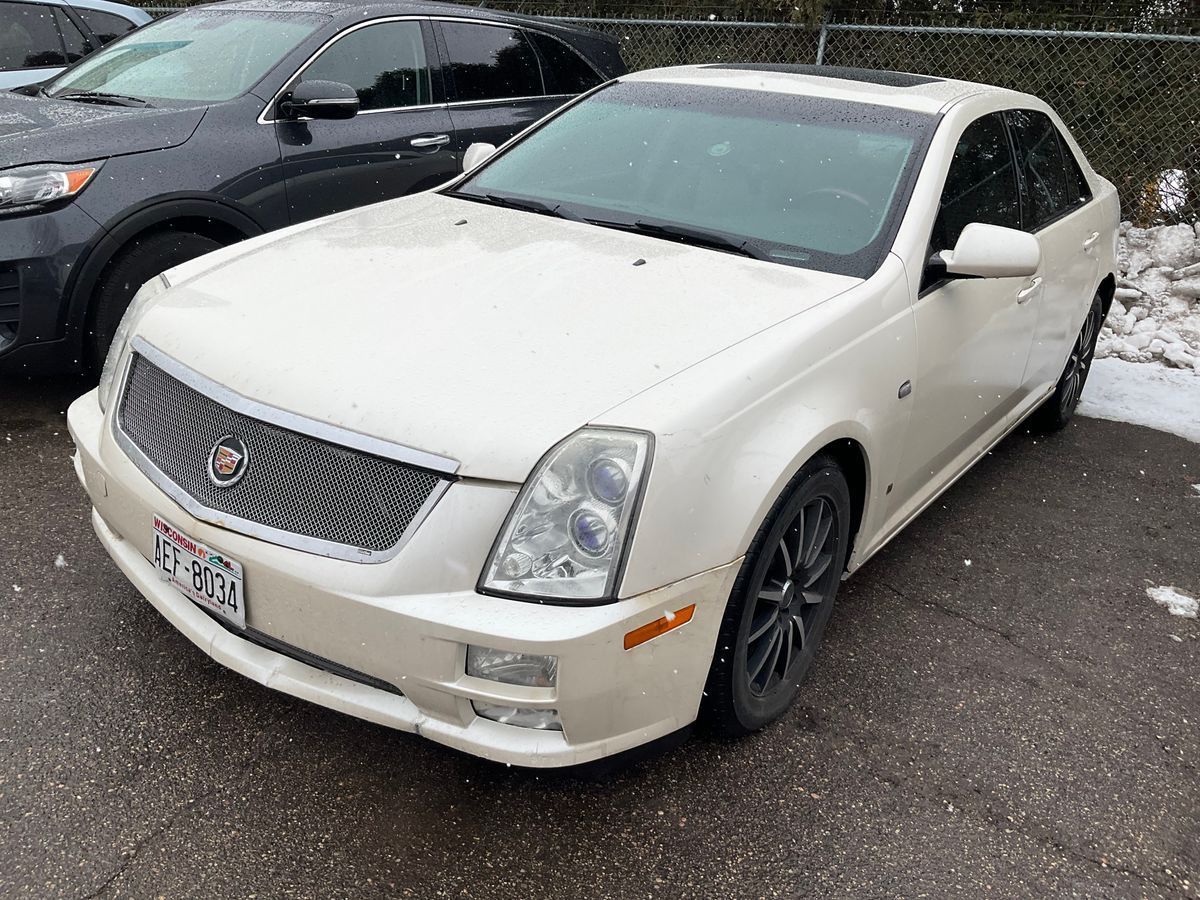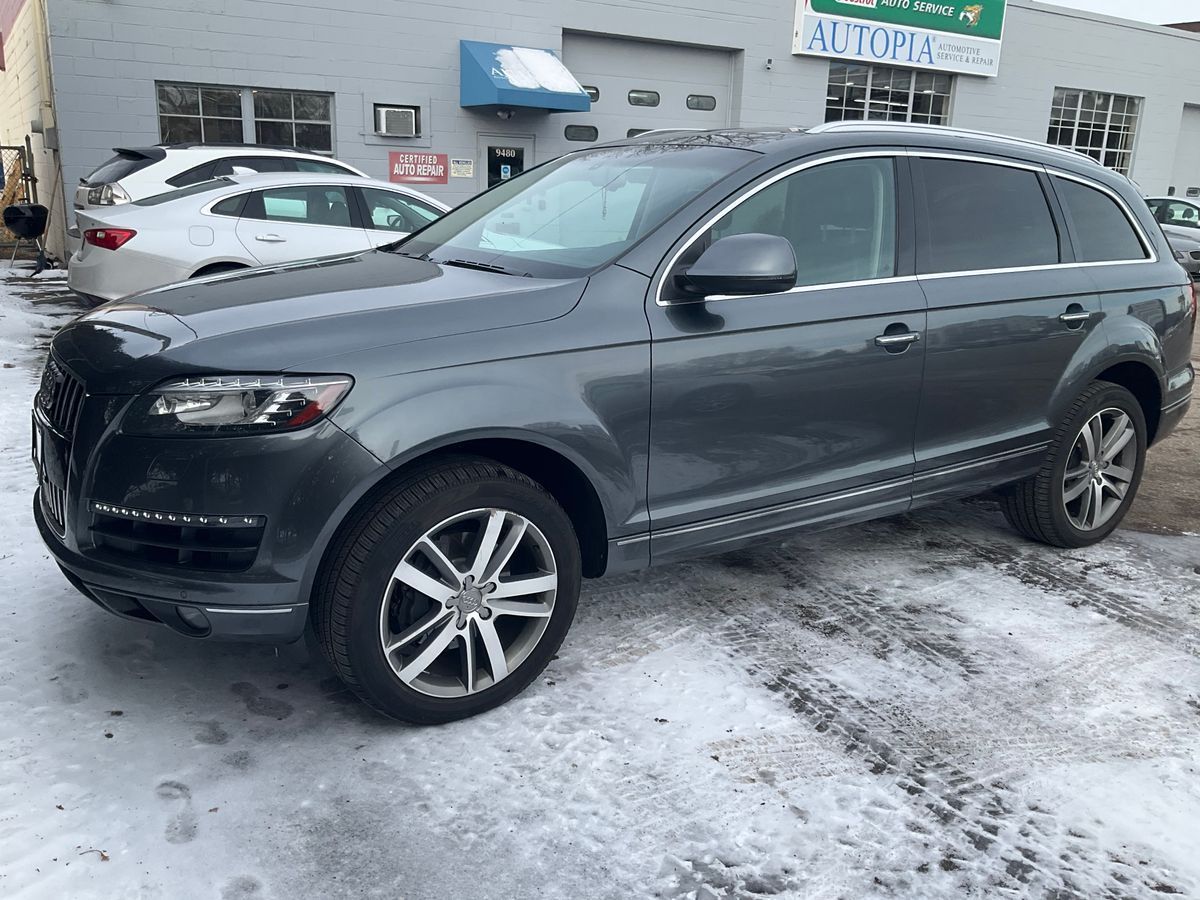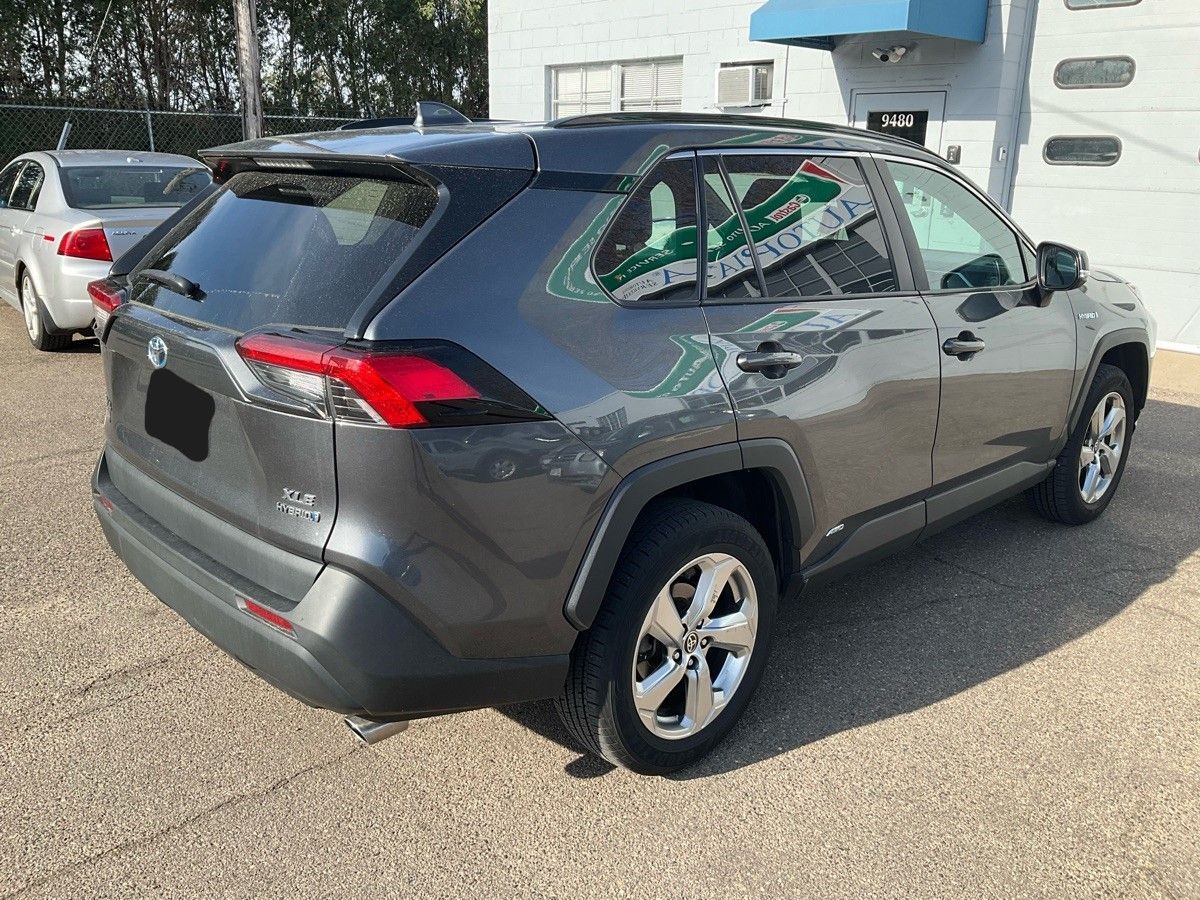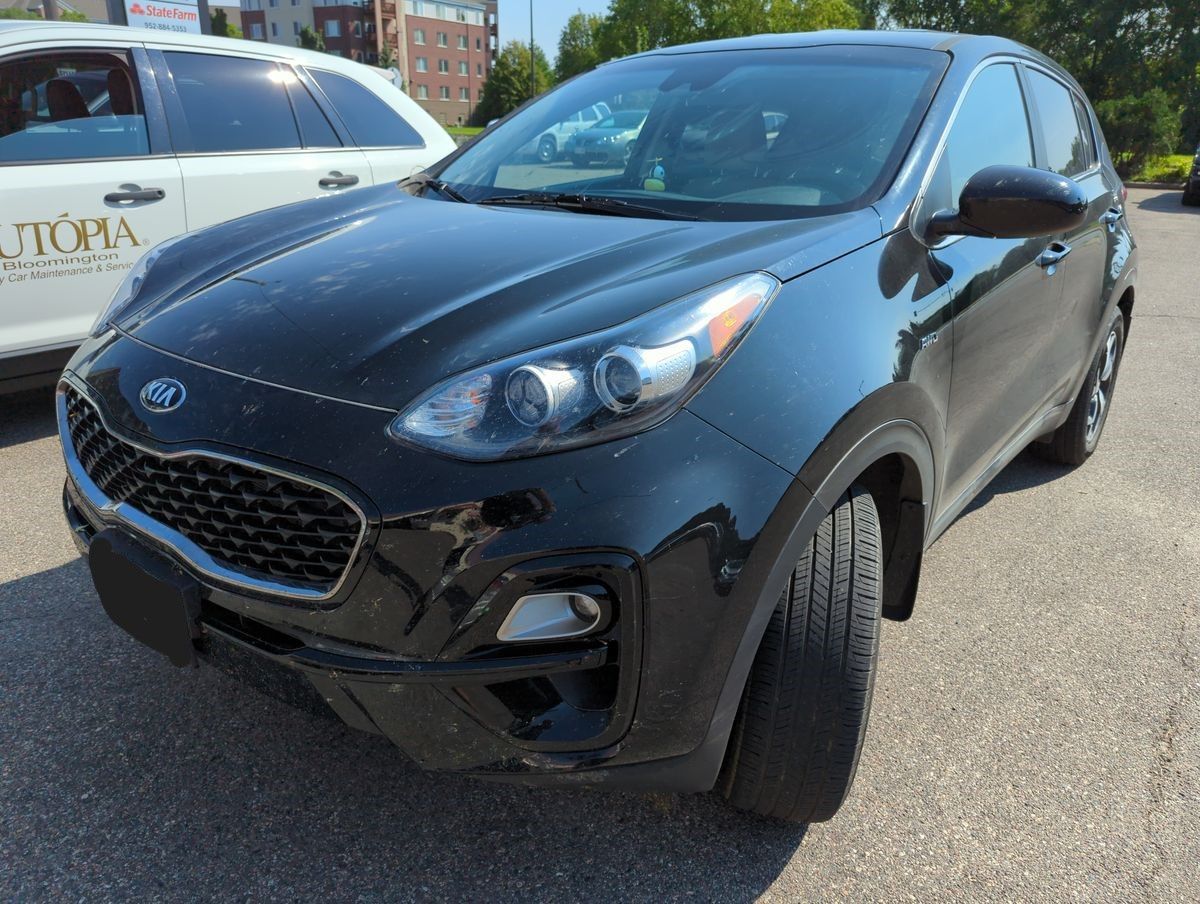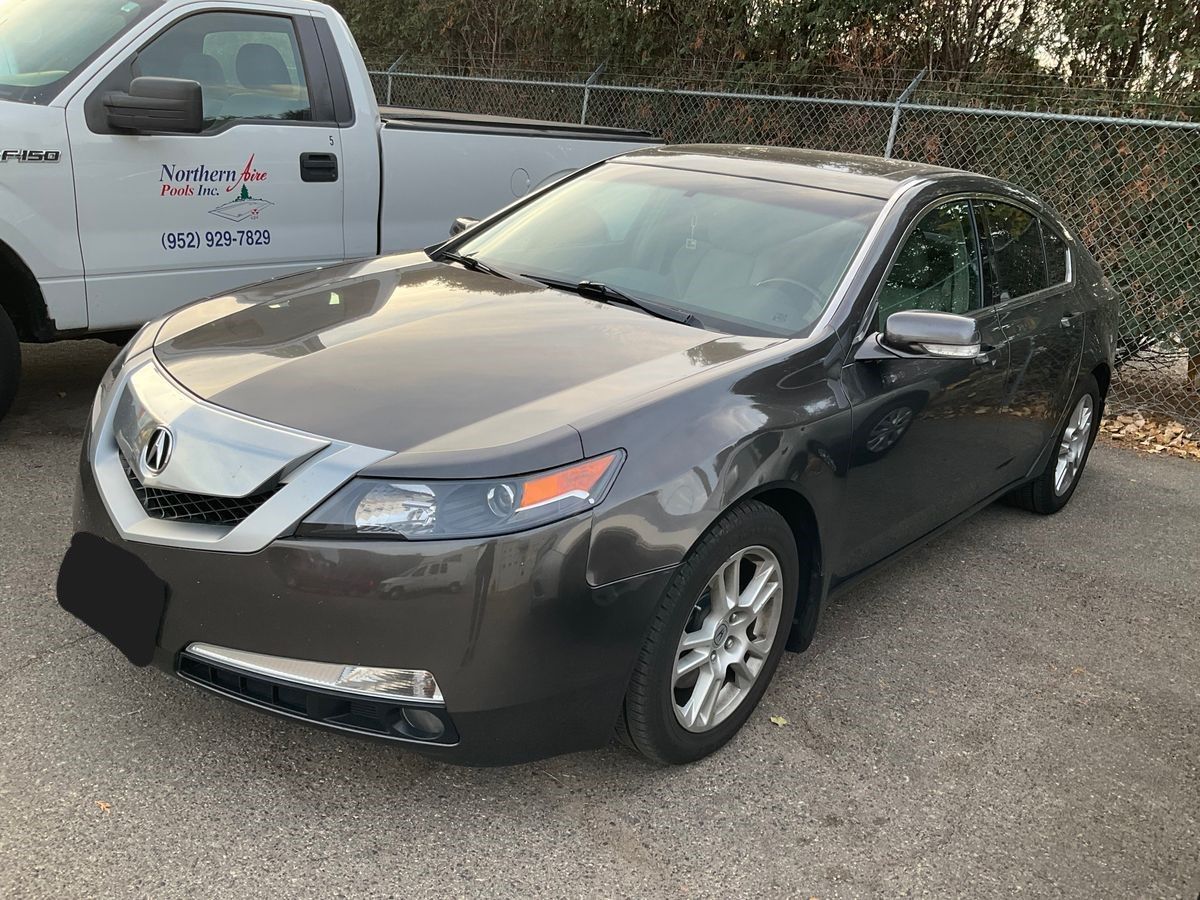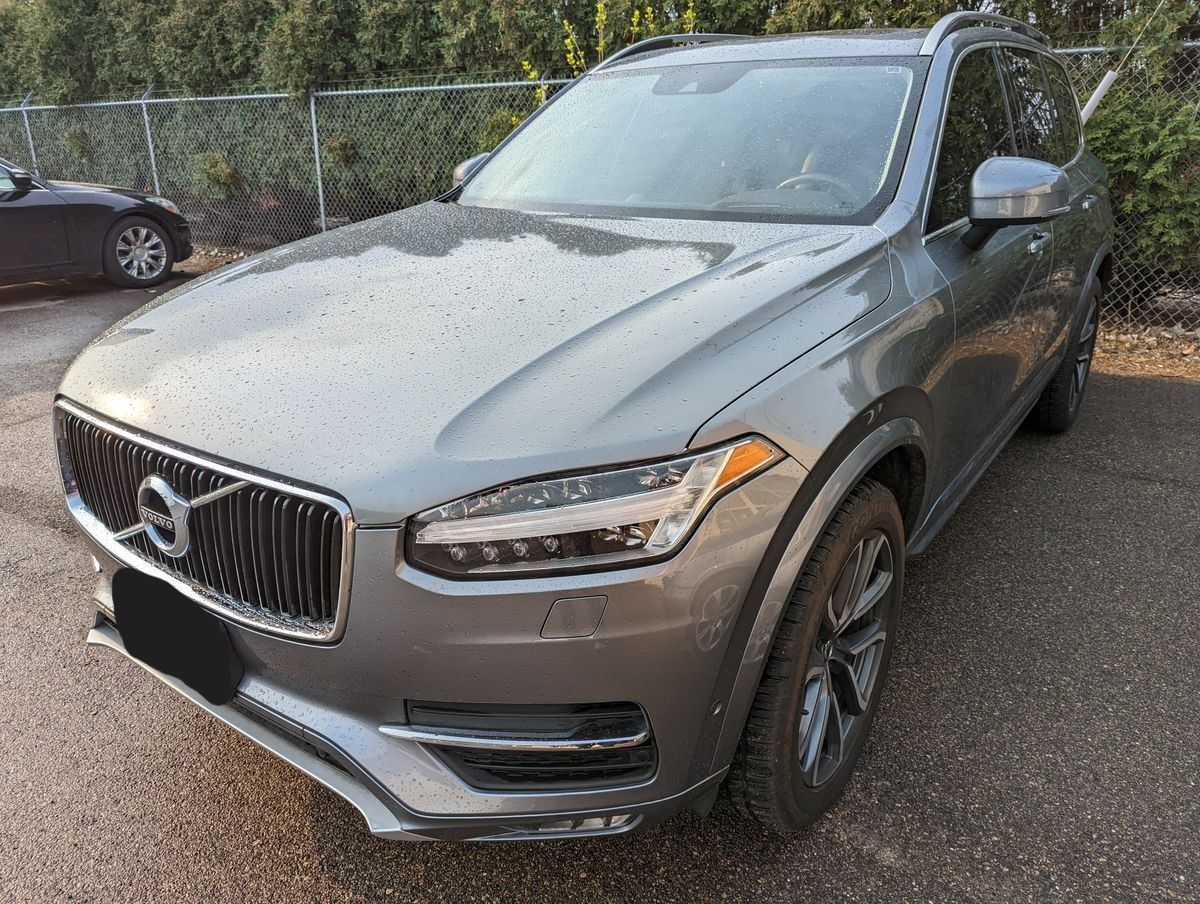Brake Repair Bloomington Mn
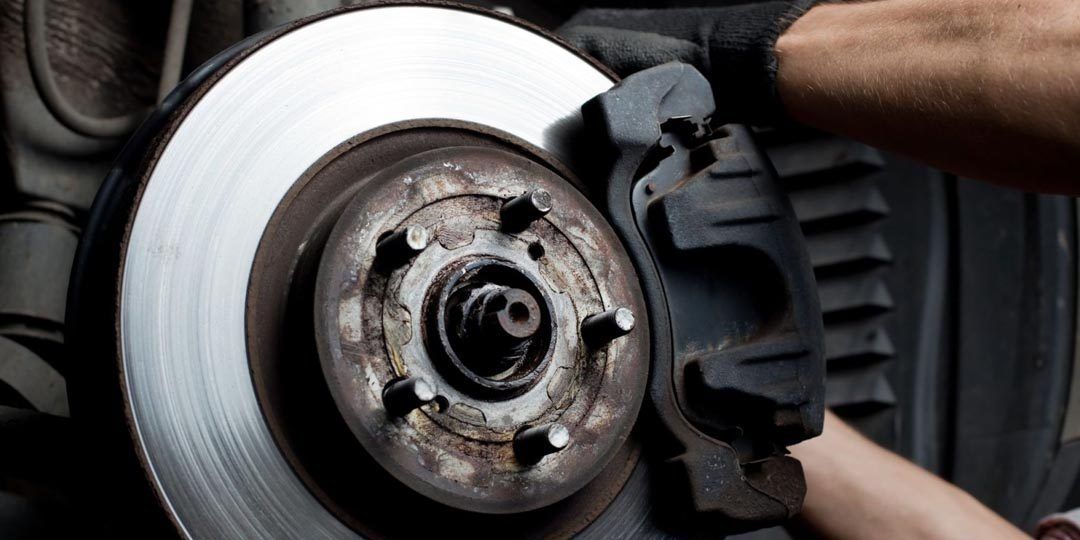
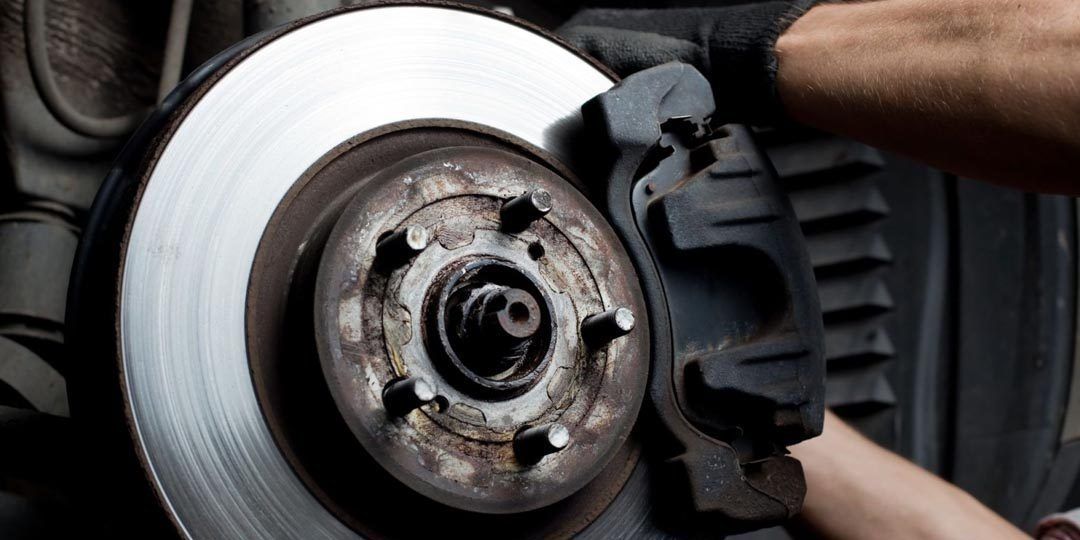
An automobile’s brake system is very complex and plays a critical role in keeping you safe. It’s always a good idea to have general knowledge of all the working parts of your vehicle. This will help you know what warning signs to look for, as well as any preventative maintenance you can take care of on your own.
How Brakes Work:
The braking system of a vehicle is made up of several parts. Beginning with the pedal, which is a strong lever made of steel. When compressed the pedal activates the master cylinder, which is comprised of a piston and brake fluid reservoir. The movement of the piston sends brake fluid into the brake lines, which then flows through the wheel cylinder or caliper. The pressure applied to the brake pedal directly correlates with the stopping force that is applied at the wheels and brake pads through hydraulic pressure, which creates friction against the brake pads.
Additionally, most of the newer manufactured vehicles use electronic sensors and high-pressure pumps known as an Anti-lock Brake System.
Brake Warning Signs:
Pay attention to the Brake Warning Signs in your vehicle. If any of the following indicators occur, most likely it is time for a brake repair:
- Brake pedal is slow to respond or requires lots of pressure to respond
- Grinding or squealing noise when pressing brake pedal.
- Dashboard light for brakes, typically ABS, is on or blinking
- Vehicle shakes when brakes are engaged
- Vehicle tends to pull to one side when braking
- Leaking fluid
- Burning smell when driving
Preventative Maintenance:
There are measures you can take towards preventative maintenance to help brakes last longer.
- Use a quality wheel cleaner that is safe for the wheel finish of your vehicle. This will also help clean the brakes, allowing them to work better and maintain lower temperatures
- Avoid the temptation of “riding” your brakes. Ideally you should moderately slow down and release your brakes, allowing them to cool which prevents overheating.
- When possible, downshifting enables the vehicle engine to do some of the braking rather than the braking system. Using this feature on steep graded roads, when roads are clear of ice, snow or rain, will help prolong the age of your brakes.
Brake Inspection:
An annual brake inspection is always a good rule of thumb. It provides you the opportunity to have small repairs detected early on, which could not only save money but also prevent bigger problems from arising.
Brake inspections include the following checks:
- Fluid condition
- Hoses
- Brake Pads
- Calipers
- Rotors and/or Drums
- Wheel Cylinders
- Parking Brake Cables
- Wheel Bearings and Grease Seals
- Master Cylinder Fluid Exchange
- Hardware including springs and adjusters
Summary:
The braking system of any vehicle is a key factor in keeping the driver and passengers safe. Regular maintenance and inspection is highly recommended. Brakes are one of the prime examples of “snowball” repairs. Brakes are one of the most complex and hardest working components of a vehicle. If not checked, extensive damage could occur, resulting in the repairs costing much more in the long run.

